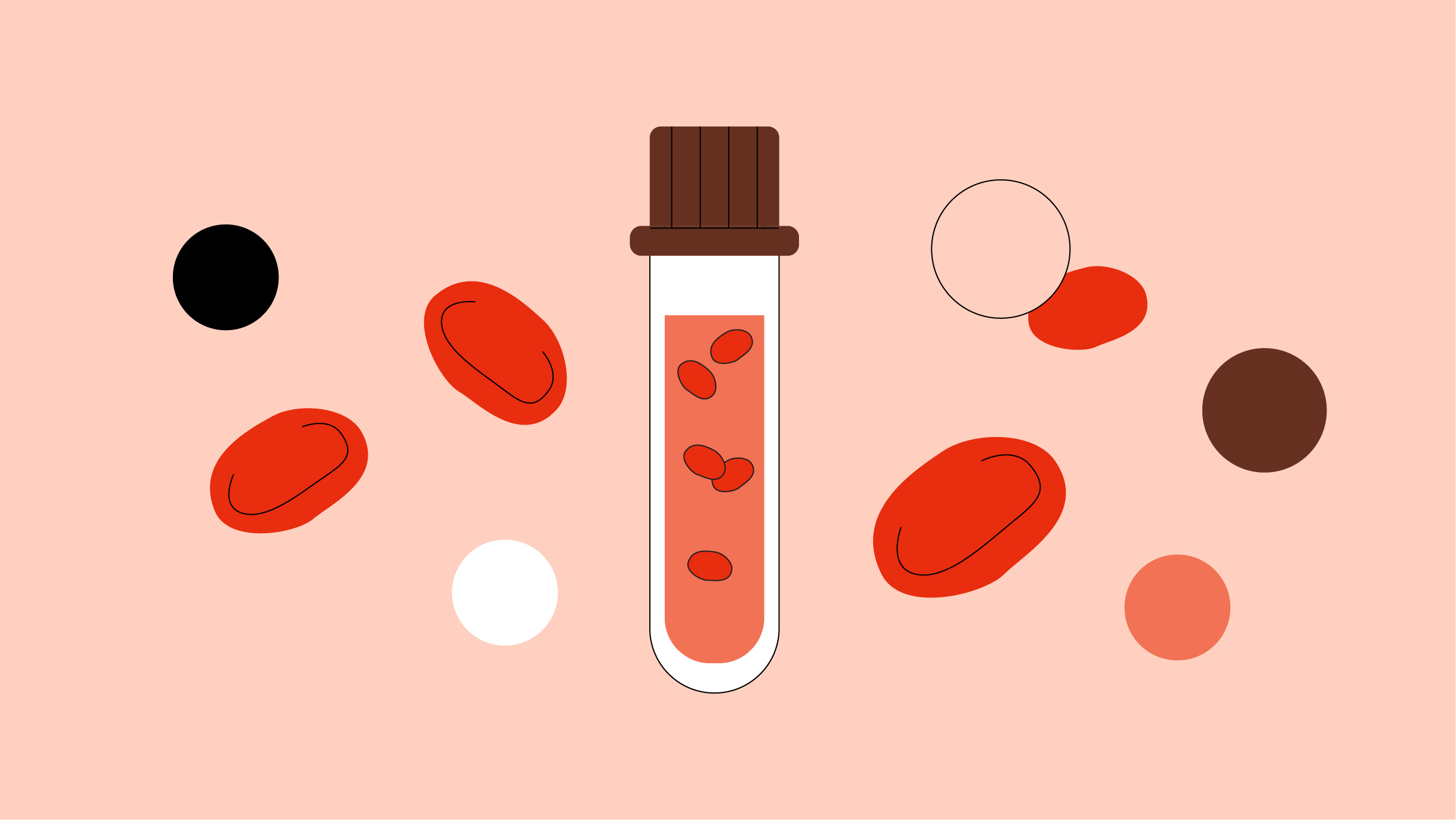What should I tell my care team before I take this medication?
They need to know if you have any of these conditions:
- Blood vessel disease or blood clots
- Breast, cervical, endometrial, or uterine cancer
- Depression
- Diabetes
- Endometriosis
- Fibroids
- Gallbladder disease
- Heart disease or recent heart attack
- High blood cholesterol
- High blood pressure
- High level of calcium in the blood
- Hysterectomy
- Kidney disease
- Liver disease
- Migraine headaches
- Porphyria
- Stroke
- Systemic lupus erythematosus (SLE)
- Tobacco use
- Vaginal bleeding
- An unusual or allergic reaction to estrogens, progestins, other medications, foods, dyes, or preservatives
- Pregnant or trying to get pregnant
- Breast-feeding
What may interact with this medication?
Do not take this medication with any of the following:
- Aromatase inhibitors, such as aminoglutethimide, anastrozole, exemestane, letrozole, testolactone
This medication may also interact with the following:
- Barbiturates, such as phenobarbital
- Benzodiazepines
- Bosentan
- Bromocriptine
- Carbamazepine
- Cimetidine
- Cyclosporine
- Dantrolene
- Grapefruit juice
- Griseofulvin
- Hydrocortisone, cortisone, or prednisolone
- Isoniazid (INH)
- Medications for diabetes
- Methotrexate
- Mineral oil
- Phenytoin
- Raloxifene
- Rifabutin, rifampin, or rifapentine
- Tamoxifen
- Thyroid hormones
- Topiramate
- Tricyclic antidepressants
- Warfarin
This list may not describe all possible interactions. Give your health care provider a list of all the medicines, herbs, non-prescription drugs, or dietary supplements you use. Also tell them if you smoke, drink alcohol, or use illegal drugs. Some items may interact with your medicine.
What should I watch for while using this medication?
Visit your care team for regular checks on your progress. You should have a complete check-up every 6 months. You will need a regular breast and pelvic exam. You should also discuss the need for regular mammograms with your care team, and follow their guidelines.
This medication can make your body retain fluid, making your fingers, hands, or ankles swell. Your blood pressure can go up. Contact your care team if you feel you are retaining fluid.
If you have any reason to think you are pregnant, stop taking this medication at once and contact your care team.
Talk to your care team if you use tobacco products. Changes to your treatment plan may be needed. Tobacco increases the risk of getting a blood clot or having a stroke while you are taking this medication. This risk is higher if you are over the age of 35.
If you wear contact lenses and notice visual changes, or if the lenses begin to feel uncomfortable, consult your care team.
If you are going to have elective surgery, you may need to stop taking this medication beforehand. Consult your care team for advice prior to scheduling the surgery.
If you are going to have an MRI procedure, let your MRI technician know about the use of these patches. Some medication patches contain an aluminized backing that can become heated when exposed to MRI and may cause burns. You may need to temporarily remove the patch during the MRI procedure.
You may bathe or participate in other activities while wearing your patch. If your patch falls off, reapply it. If you cannot reapply the patch, apply a new patch to another area and continue to follow your usual dose schedule.
What are the most serious risks of this medication?
Do not use this medicine to prevent heart disease. Using estrogens with or without progestins may increase your chances of getting heart attacks, strokes, or blood clots.
Estrogens with progestins may increase your chances of getting breast cancer. Talk to your healthcare provider before taking this medicine if you have ever had cancer. Call your healthcare provider right away if you get new breast lumps.
Estrogens with or without progestins may increase your chance of getting dementia based on a study of women 65 years of age or older.
If you have a uterus, using estrogens alone (without progestins) may increase your chance of uterine cancer (cancer of the womb).








